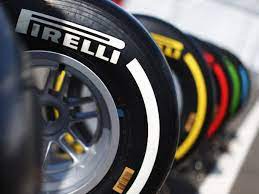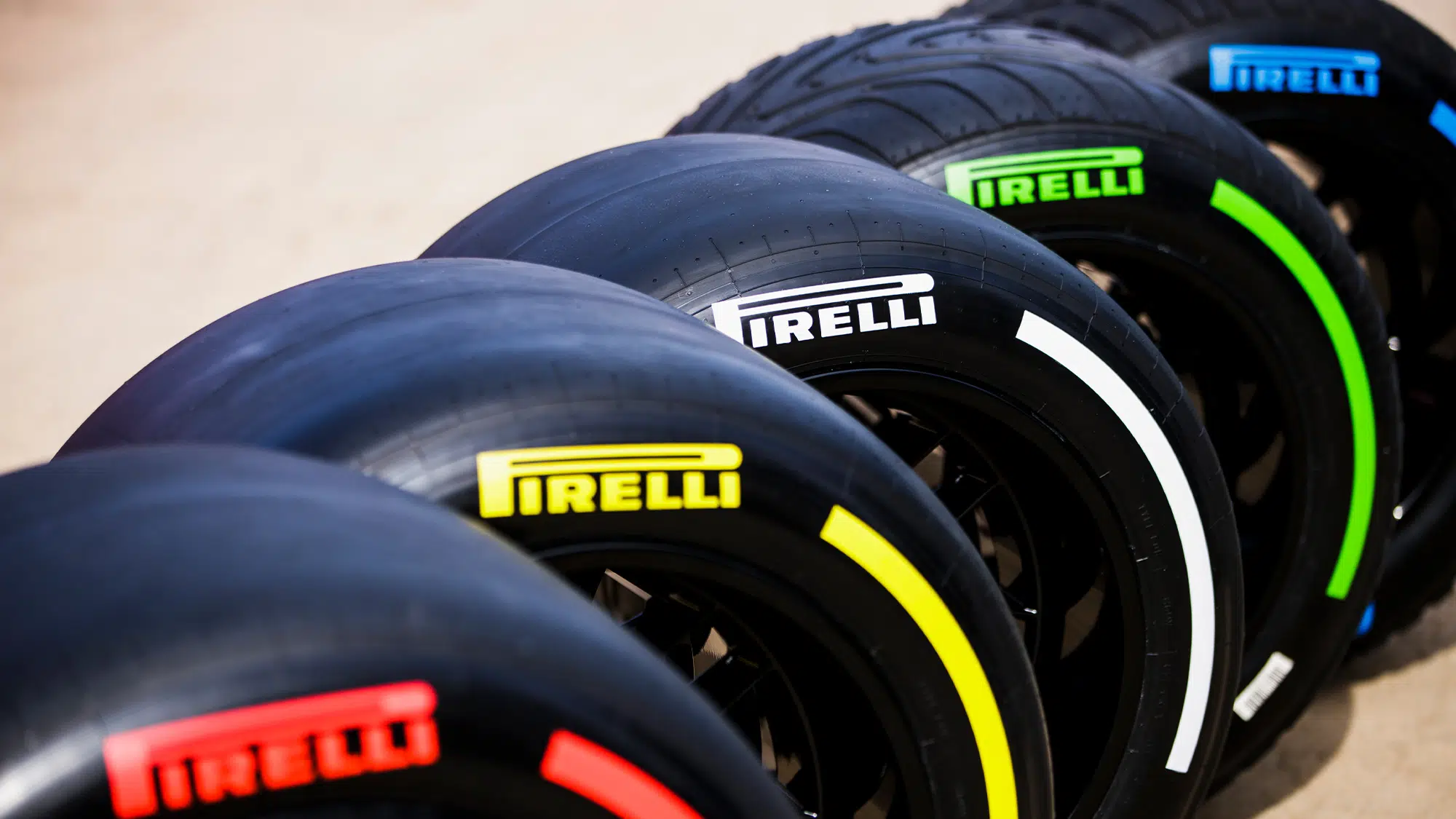The cancellation of the Emilia Romagna Grand Prix by Formula 1 led to a delay in witnessing the implementation of a fresh F1 Tire Rules. The rule changed the tire allocation used during the qualifying sessions.
This alteration was only unveiled at the Belgium Grand Prix.
At present, teams possess the liberty to choose any tire during the qualifying rounds. However, Pirelli had intended to modify this arrangement at the Imola race.
F1 Tire Rules for Qualifying

The novel regulations stipulate that in Q1, teams must use the following tire compounds.
- In Q1 only the hard tire will be available.
- In Q2 only the medium tire will be available.
- In Q3 only the soft tire will be available.
All teams and drivers can opt for any tire in wet conditions.
Pirelli are running an experiment with this initiative. It decreases the number of slick tires available to each team during qualification from 13 to 11 – as follows.
- Four sets of softs.
- Four sets of mediums.
- Three sets of hards.
Mario Isola, Pirelli’s motorsport director, conveyed to Formula 1 prior to the cancellation of the Imola event: “During the Imola race, we had intended to test a fresh regulation mandating teams to employ distinct tire compounds in each of the three qualifying sessions.”
Pirelli introduced the alteration took place at the Hungarian Grand Prix from July 21-23.
Many where unhappy with the rule change, but it certainly changed the order in which the drivers ended up qualifying. Pirelli’s are developing the ‘Alternative Tyre Allocation’ trial. They want to see if they can reduce the number of tires used each weekend. It means that the F1 teams will use 3,680 fewer tires in a 23-race season. This is a massive win for the environment.
A very exciting race followed, and although Max Verstappen predictably won, the finishing order behind him was very interesting!
Having tested the F1 tire rules, Pirelli will now discuss whether they should be introduced on a permanent basis in future races.

